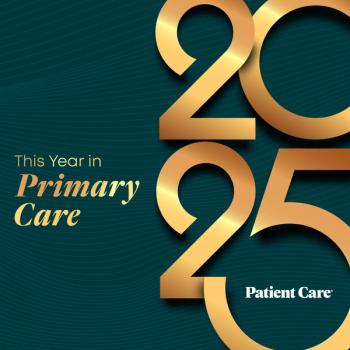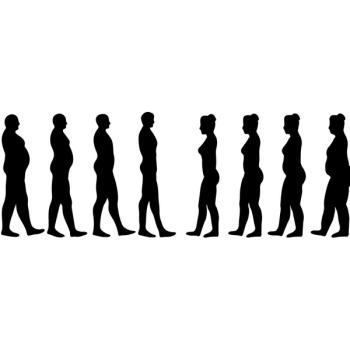
Underutilization of Guideline-Recommended Epinephrine in Anaphylaxis Management: New Study
A 5-year study conducted in Germany showed only 7% of adults and 8% of children with severe anaphylaxis received epinephrine.
A retrospective study analyzing anaphylactic reactions treated by emergency medical services (EMS) showed that guideline-recommended first-line therapy with
“The literature published to date and the data presented here suggest that there is some
Given the life-threatening nature of
Lüdke and colleagues conducted a retrospective study assessing
Severe anaphylaxis (Grade II or higher) was observed in 591 adults and 102 children, which was mostly triggered by medication (33%) in adults and food (61%) in children. The average time between the alert and the arrival of the EMS was 6 minutes (range: 1–47 minutes) for children and 7 minutes (range: 1–60 minutes) for adults.1
Investigators reported that epinephrine was administered in only 7% of adults and 8% of children experiencing Grade II or higher reactions. A statistically significant correlation was observed between epinephrine use and patient improvement in adults (P < .001) and children (P = .016).1
Among
In adults, 75.2% received emergency medication, including glucocorticoids (68.3%), H1-receptor antagonists (69.2%), H2-receptor antagonists (57.4%), and epinephrine (4.5%). Among them, 47.7% had Grade I reactions (70.2% received treatment; 1.9% with epinephrine), 40.5% had Grade II reactions (79.7% received treatment; 4.4% with epinephrine), and 11.8% had Grade III reactions (80.5% received treatment; 15.8% with epinephrine).1
Most patients with severe reactions were hospitalized, including 66% of adults and 83% of children. However, 21% of adults and 13% of children with severe reactions did not receive further medical observation. A strong correlation between severity and hospitalization was found in adults (P < .001), whereas a non-significant trend was observed in children (P = .179).1
“Further studies could help to close the existing medical care gap,” researchers concluded.1 “However, in the case of emergency treatment of anaphylaxis, double-blind, placebo-controlled, randomized trials are hardly feasible, even though they are needed.”
References:
1. Lüdke T, Günther S, Cuevas M, Haacke W, Frank M. Treatment and outcome of anaphylactic reactions in emergency medical services of Dresden/Germany: A 5-year analysis. Prehosp Disaster Med. 2025;40:12-20. doi:10.1017/S1049023X25000184
2. Clark, S, Bock, SA, Gaeta, TJ, et al. Multicenter study of emergency department visits for food allergies. J Allergy Clin Immunol. 2004;113:347–352. doi:10.1016/j.jaci.2003.10.053
3. Helbling, A, Fricker, M, Bircher, A, et al. Notfallbehandlung beim allergischen Schock. Swiss Med Forum – Schweiz Med-Forum. 2011;11:206-212. doi:10.5167/uzh-55545
Newsletter
Enhance your clinical practice with the Patient Care newsletter, offering the latest evidence-based guidelines, diagnostic insights, and treatment strategies for primary care physicians.






























































































































































































































































































































